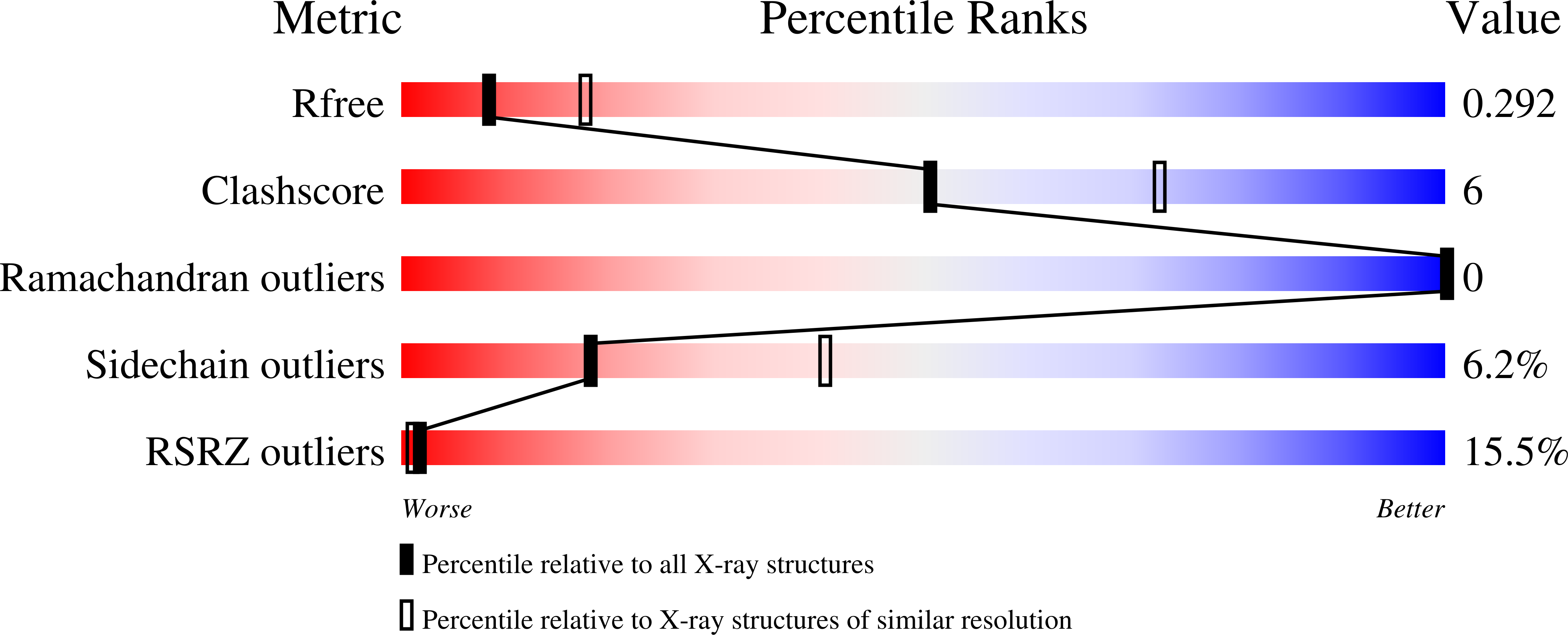
Deposition Date
2021-06-30
Release Date
2022-03-16
Last Version Date
2024-10-16
Method Details:
Experimental Method:
Resolution:
2.69 Å
R-Value Free:
0.29
R-Value Work:
0.25
R-Value Observed:
0.25
Space Group:
P 43 21 2


